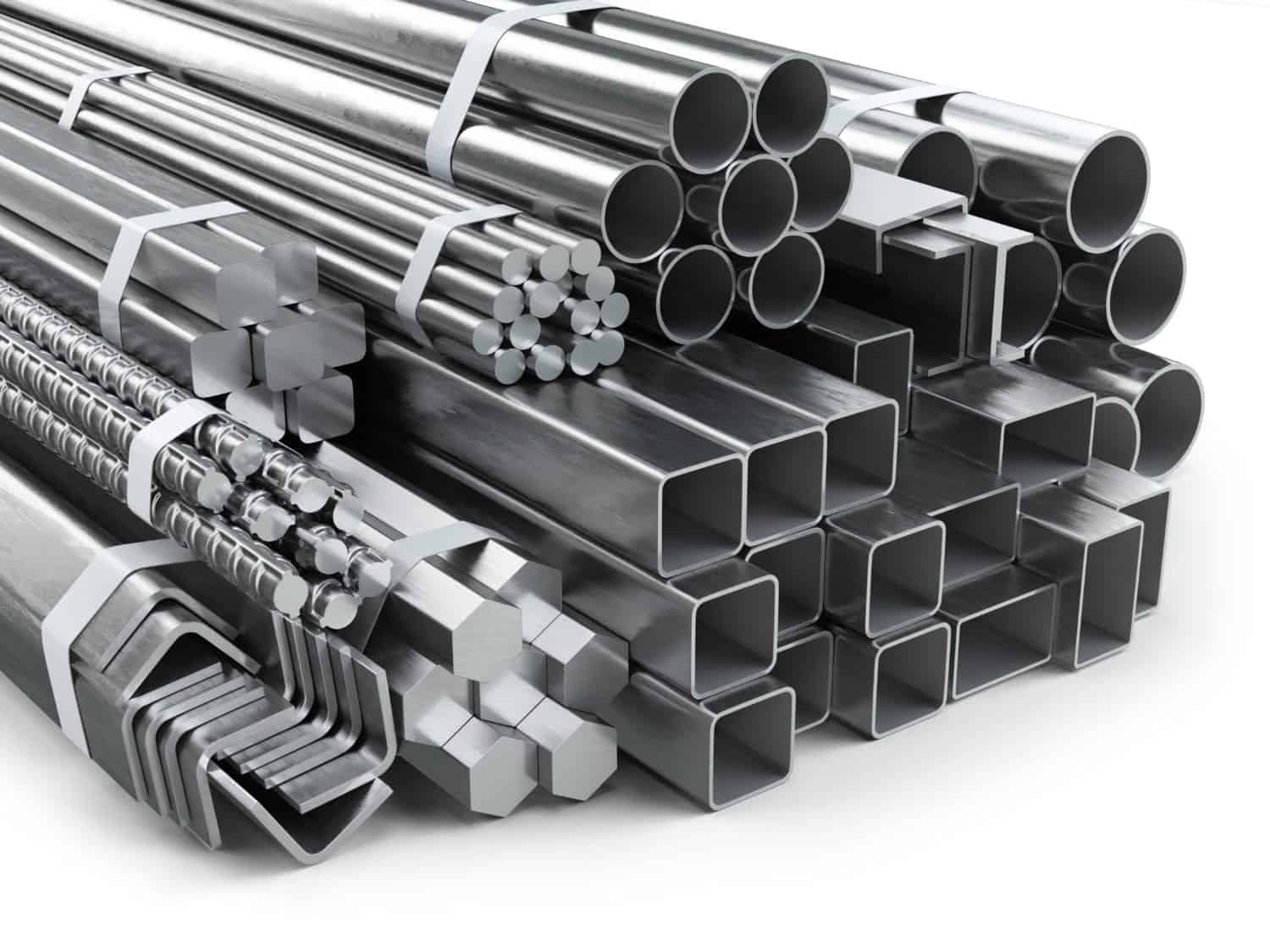440 Stainless Steel
Stainless steel is not a single material with uniform properties, but rather a classification of materials. There are many individual variants of stainless steel and it’s important to select the most appropriate one for a given application. Of these varieties, 440 stainless steel comes from the martensitic family of steels, which are primarily valued for their strength. 440 steel is unique not only as the strongest stainless steel available, but as one of the few varieties that can be heat treated through annealing, hardening, and stress relieving processes. Stainless Shapes is a knowledgeable 440 Stainless Steel supplier.
440 Stainless Steel Properties and Types
The 440 family of stainless steels is most typically offered in long forms—bars, wires, billets, coils, and tubes are the most common, but there may be others. These raw forms are the most conducive to metalworking with 440 steel.
440 is the highest grade of cutlery steel on the market. It contains more carbon, allowing for high edge retention when properly treated. When properly treated, it is capable of attaining one of the highest hardness ratings of any other steel on the Rockwell scale. Given its low cost and high toughness, it is extremely popular in the production of cutlery and replica swords.
440 stainless steel is very hard, but is formable once annealed for the most part. Other properties include:
- High corrosion resistance
- Heat resistance
- Abrasion resistance
- Heat treatable
Perhaps the most challenging metalwork process to use with 440 steel is forging. Although 440 is forgeable, the process takes patience and care. The metal must be preheated to 1500° F, then slowly forged while maintaining a constant temperature. The temperature cannot be allowed to drop below 1700° F.

Perhaps the most challenging metalwork process to use with 440 steel is forging. Although 440 is forgeable, the process takes patience and care. The metal must be preheated to 1500° F, then slowly forged while maintaining a constant temperature. The temperature cannot be allowed to drop below 1700° F.
Categories of 440A
440 stainless steel may be further broken down into four categories. When it comes to the differences between 440 stainless, the four different grades are all specialized in their ways. The only difference between these grades is the amount of carbon involved. As such, they are ranked from least-to-most carbon content.
-
440A – With the least amount of carbon among the four types, this makes 440A stainless the most stain-resistant. It is the most ideal for diving and saltwater applications that require superior corrosion resistance.
-
440B. The 440B grade of stainless steel is ideal for crafting blades in areas when they need higher toughness than 440A and higher stain resistance than 440C, such as wet knives for cooking.
- 440C. With the greatest amount of carbon out of the 440 variants, this is considered to be the strongest and most desirable steel for knife making—especially over type 440A (except in aquatic conditions).
- 440F. When talking about the 440 stainless grades, 440F often remains unmentioned. 440F is a free machining variant of 440C. The popularity of 440c led to the development of this variant that works better for machining but is nearly the same composition.
Applications of 440 Stainless Steel
Based on these physical properties, 440 stainless steel is the best fit for products whose main requirements are strength and durability. Certain metalwork processes are more complex when working with 440, so most common applications have relatively simple shapes. Some examples include:
- Blades
- Cutlery
- Dental instruments
- Nozzles
- Valve components
- Ball bearings
- Pins
- Turbines
How 440 Stainless Steel Compares to Other Stainless Steels
The primary advantage when comparing 440 stainless steel to related alloys is its strength. The high carbon percentage in 440 makes it much harder and stronger than other options. The ability to heat treat 440 is another important consideration.
The two most common types of stainless steel are 304 and 316—both austenitic steels that can’t be heat treated—and 440 represents a good alternative. Finally, 440 compares favorably to other varieties for a few specific industries, including medical and saltwater applications, due to its resistance properties.
These benefits don’t come without drawbacks, however. For instance, without heat treatment, 440 is much less malleable or formable than other varieties. This comes as a direct consequence of its hardness.
Stainless Shapes and 440 Steel
Stainless Shapes offers all grades of 440 steel, including free machinable 440F. As an ISO 9001:2015-certified company with 25 of experience, our offerings go beyond the metals, extending to a genuine expertise and care that results in an ideal material solution. We back this commitment with a variety of value-added services, including custom lengths, EPQ finishing, and spring tempering, and we will work with you to ensure your needs are met.
Not sure what you’re looking for? We have a full-service sales team ready and waiting to talk to you about your stainless steel needs. We provide support for every company and offer price-checking and comparisons for every inquiry. For more information, please call us at 1-800-748-9811 or contact us online today.
